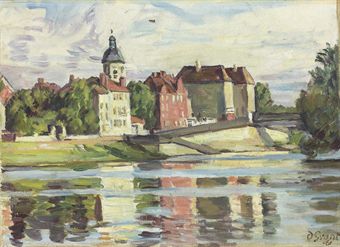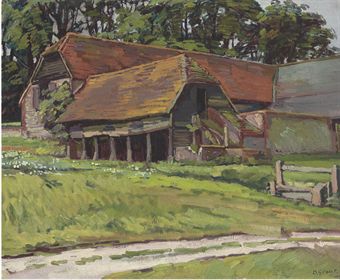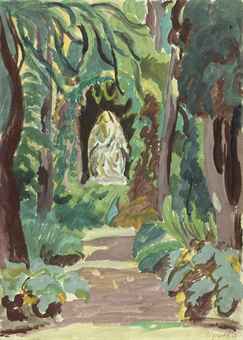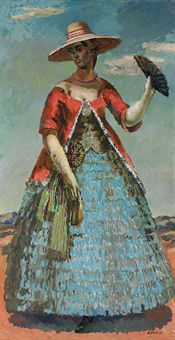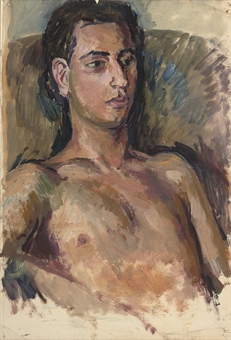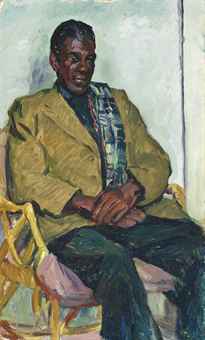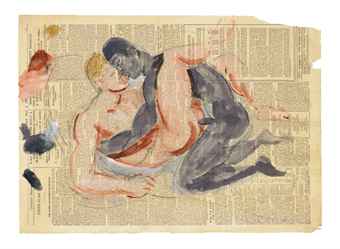the summer in the uk normally means you can wear a< variety of clothing from spring weight to very light summer weight whereas the clothes you'd need in med countries would be only the very lightest possible so here i am putting togewther some nice looks but based on the idea that you may be travelling to hot countries, first of all i'd suggest a functional but smart unlined navy blue jacket, this one is from cerrutti at moss





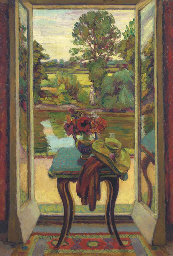

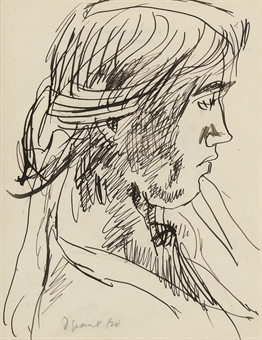
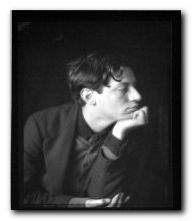
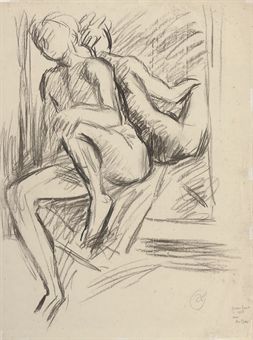 twice removed of John Grant, Lord Huntingtower, heir of theEarls of Dysart.
twice removed of John Grant, Lord Huntingtower, heir of theEarls of Dysart.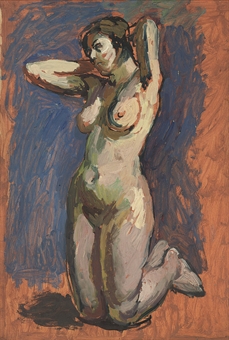


 who organised private drawing lessons for him. Eventually, he was allowed to follow his desire to become an artist, rather than join the army as his father wished, and he attended
who organised private drawing lessons for him. Eventually, he was allowed to follow his desire to become an artist, rather than join the army as his father wished, and he attended 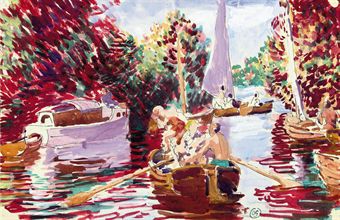
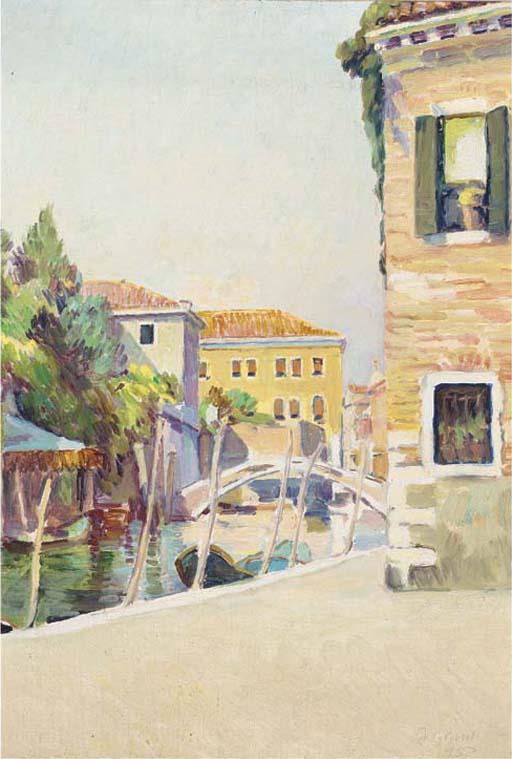
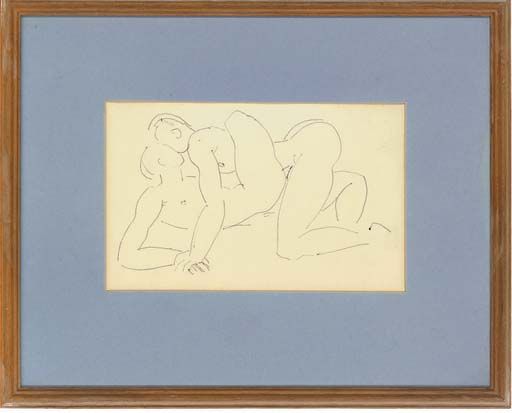
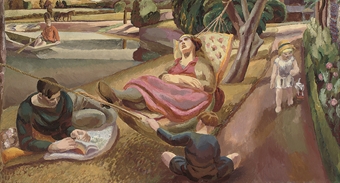
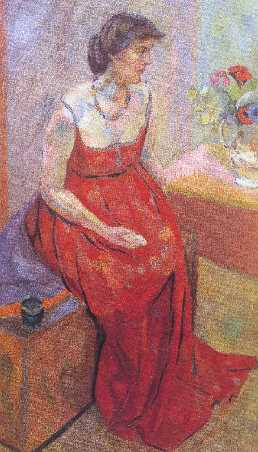 who was then involved with Fry. Although Grant had always been actively homosexual, a relationship with Vanessa blossomed, which was both creative and personal, and he eventually moved in with her and her two sons by her husband Clive Bell.
who was then involved with Fry. Although Grant had always been actively homosexual, a relationship with Vanessa blossomed, which was both creative and personal, and he eventually moved in with her and her two sons by her husband Clive Bell. In 1916, in support of his application for recognition as a conscientious objector, Grant joined his new lover, David Garnett,
In 1916, in support of his application for recognition as a conscientious objector, Grant joined his new lover, David Garnett,  in setting up as fruit farmers in Suffolk. Both their applications were initially unsuccessful, but eventually the Central Tribunal agreed to recognise them on condition
in setting up as fruit farmers in Suffolk. Both their applications were initially unsuccessful, but eventually the Central Tribunal agreed to recognise them on condition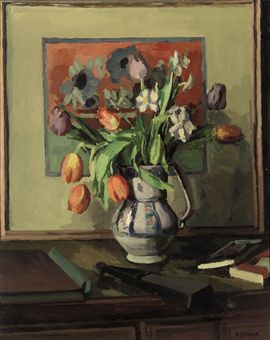 of their finding more appropriate premises. Vanessa Bell found the house named Charleston
of their finding more appropriate premises. Vanessa Bell found the house named Charleston near Firle in Sussex.
near Firle in Sussex. Relationships with Clive Bell remained amicable, and Bell stayed with them for long periods fairly often – sometimes accompanied by his own mistress, Mary Hutchinson.
Relationships with Clive Bell remained amicable, and Bell stayed with them for long periods fairly often – sometimes accompanied by his own mistress, Mary Hutchinson.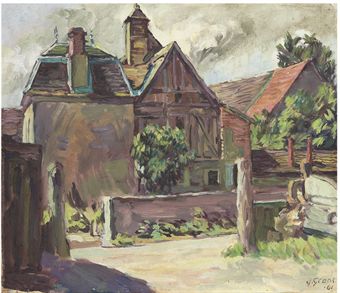


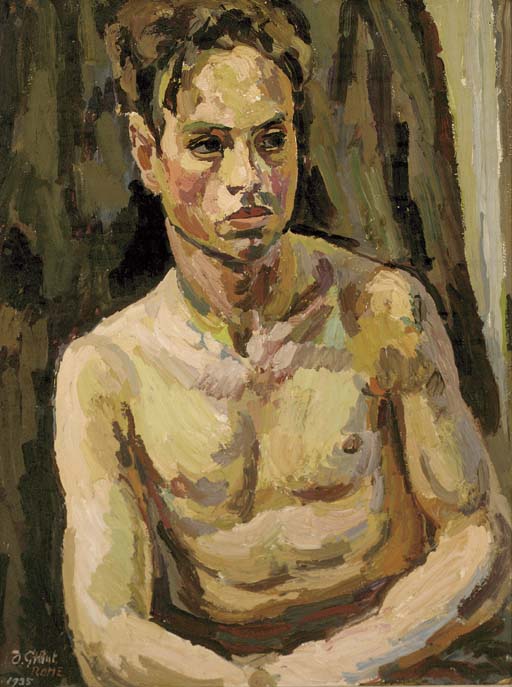
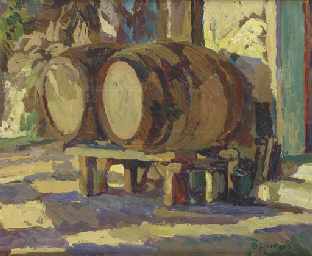
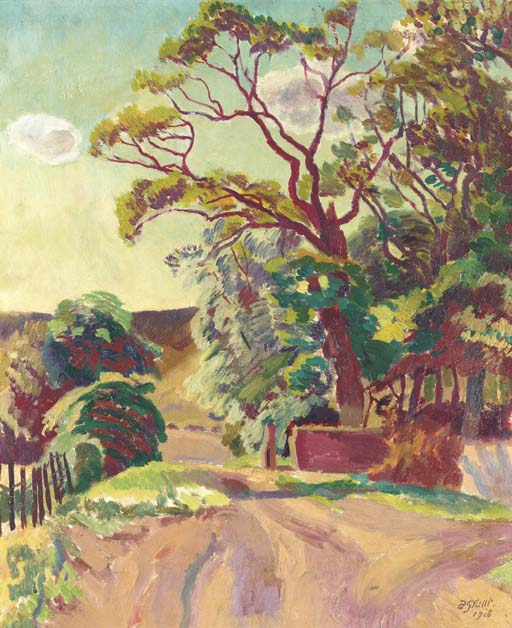
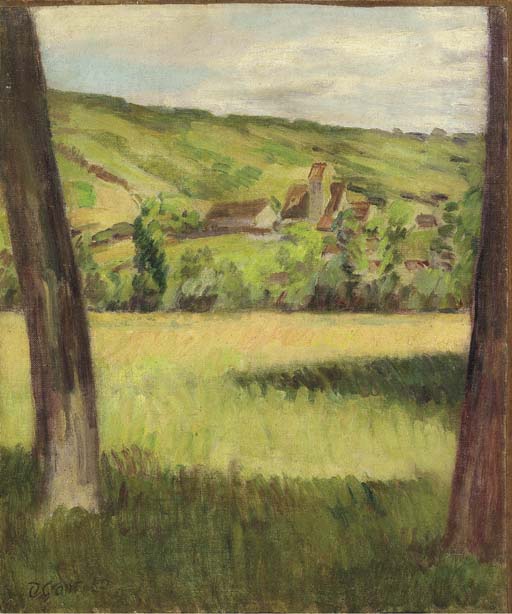
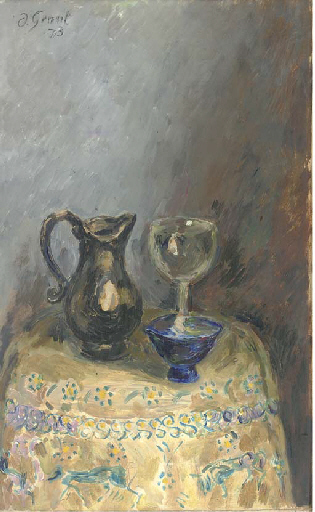

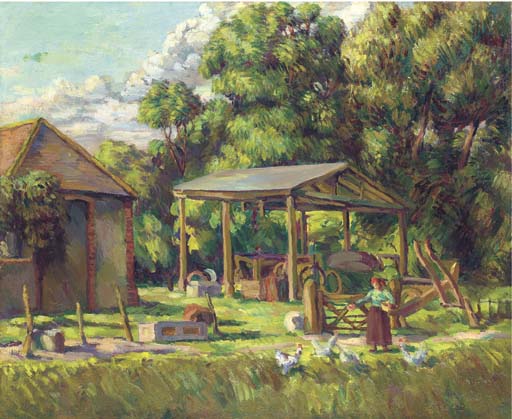

 Angelica was born. Angelica grew up believing that Clive Bell was her father; she bore his surname and his
Angelica was born. Angelica grew up believing that Clive Bell was her father; she bore his surname and his 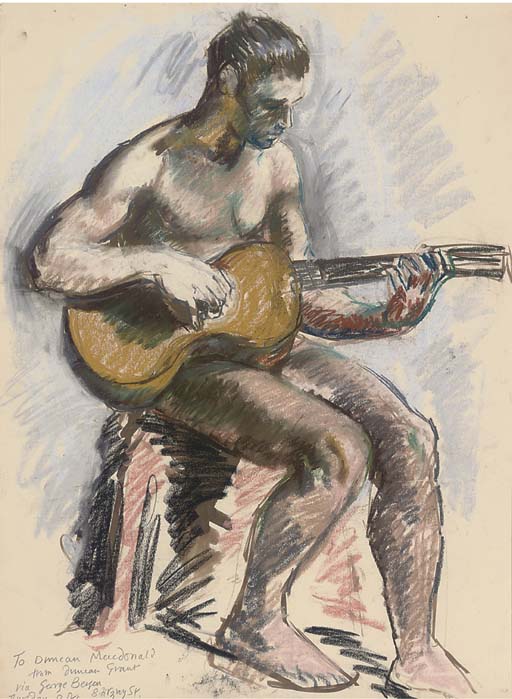 behaviour toward her never indicated otherwise. Duncan and Vanessa had an open relationship, although she
behaviour toward her never indicated otherwise. Duncan and Vanessa had an open relationship, although she 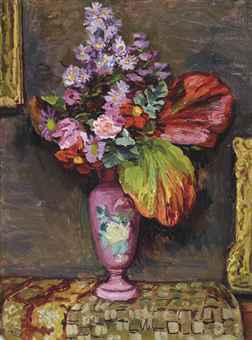 herself apparently never took advantage of this after settling down with him and having their child. Duncan, in contrast, had many physical affairs and several serious relationships with
herself apparently never took advantage of this after settling down with him and having their child. Duncan, in contrast, had many physical affairs and several serious relationships with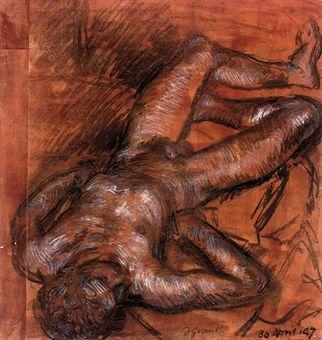 other men, most notably David Garnett. His love and respect for Vanessa, however, kept him with her until her death in 1961.
other men, most notably David Garnett. His love and respect for Vanessa, however, kept him with her until her death in 1961.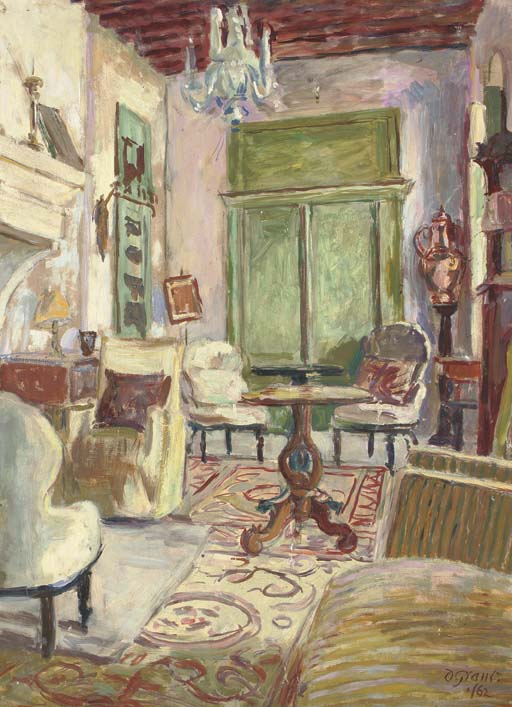 In Grant's later years, the poet Paul Roche (1916–2007),
In Grant's later years, the poet Paul Roche (1916–2007), whom he had known since 1946, took care of him and enabled Grant to maintain his accustomed way of life at Charleston for many years. Roche was made co-heir of Grant's estate. Grant eventually died in Roche's home in 1978.
whom he had known since 1946, took care of him and enabled Grant to maintain his accustomed way of life at Charleston for many years. Roche was made co-heir of Grant's estate. Grant eventually died in Roche's home in 1978.
